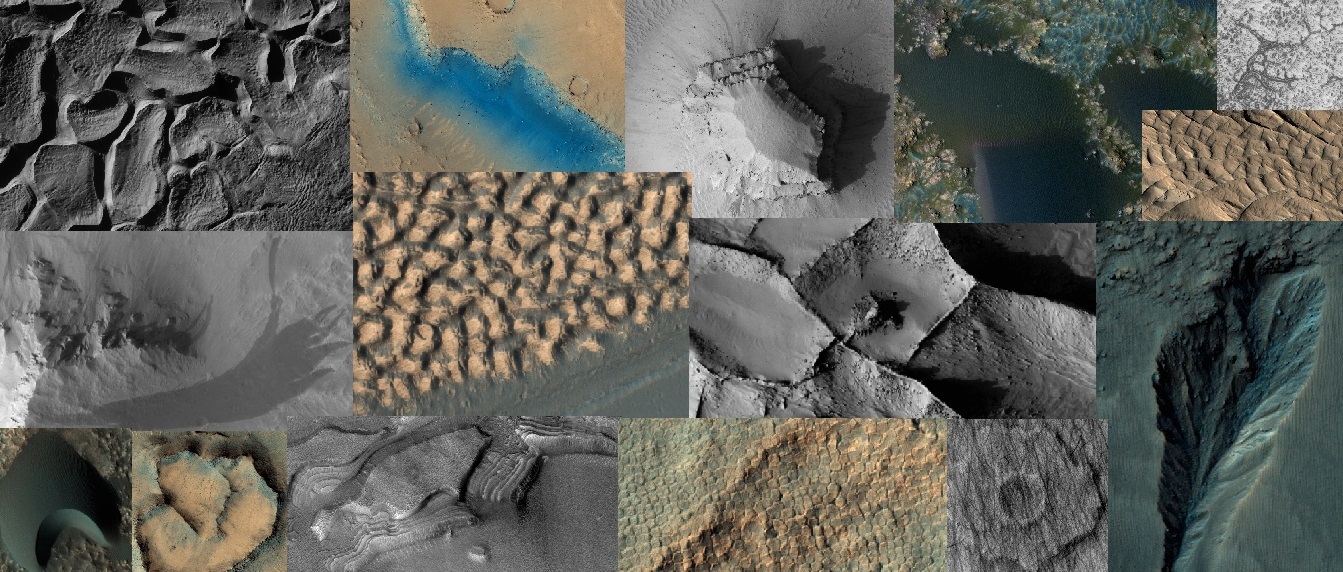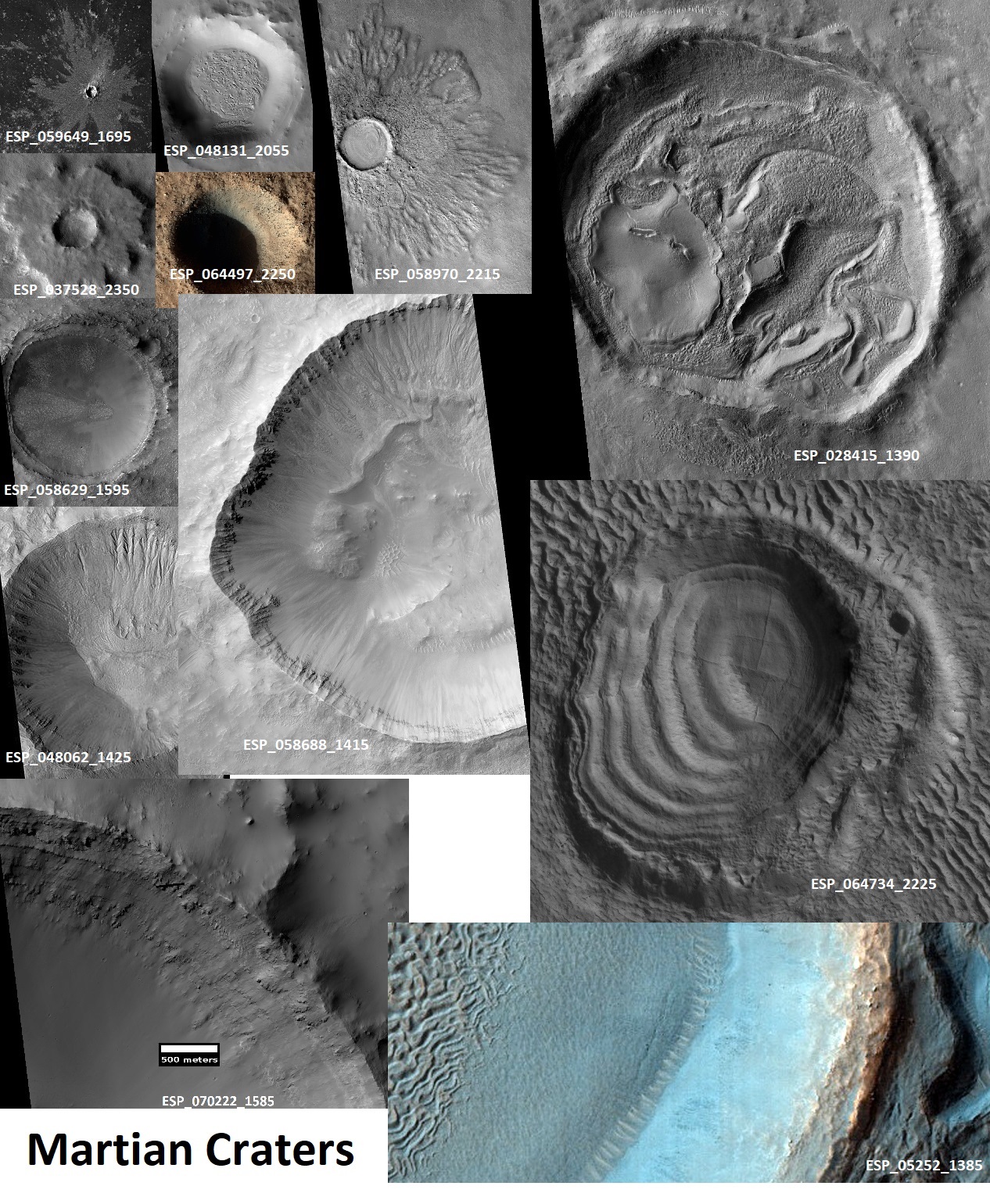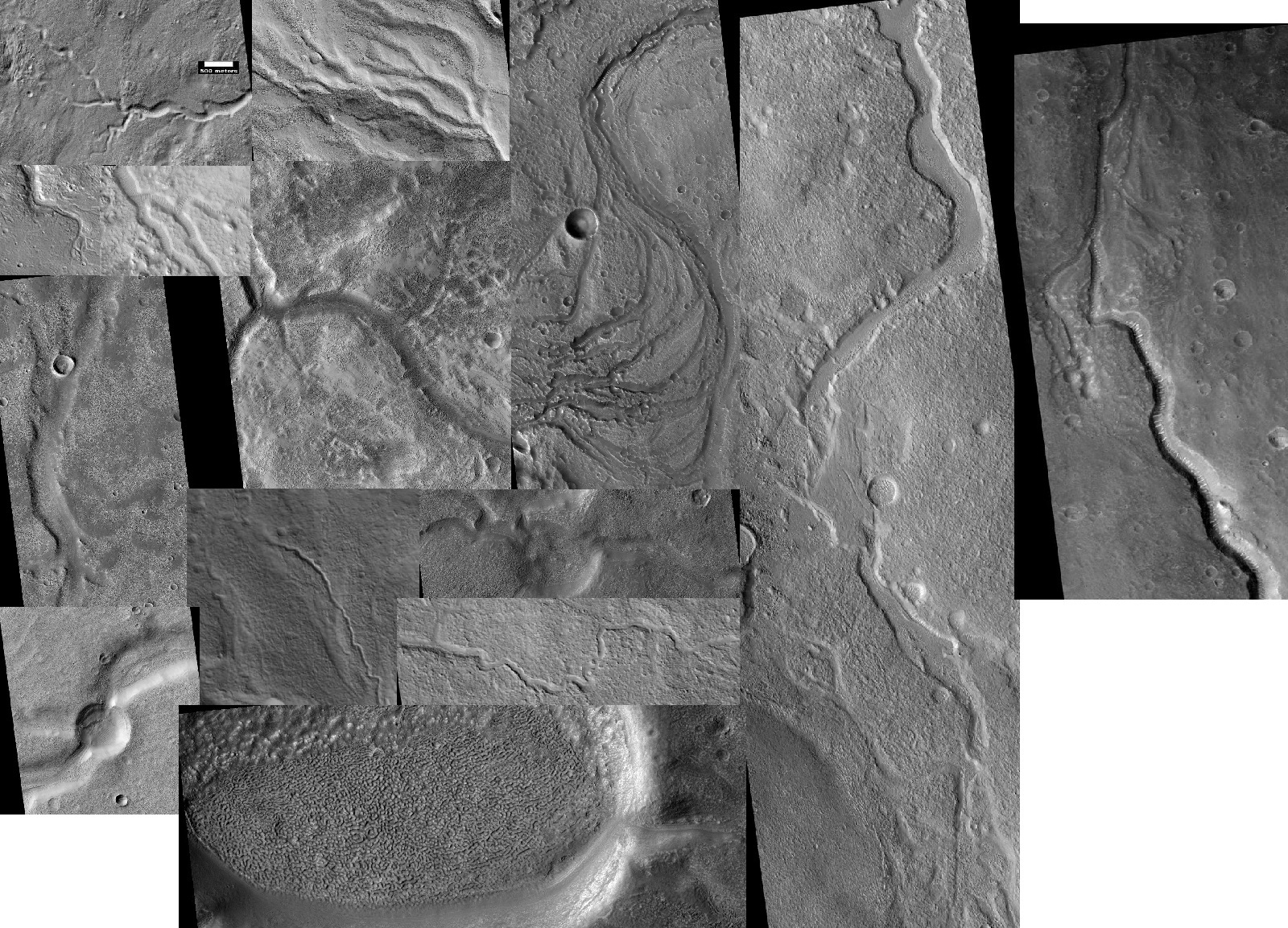Difference between revisions of "The beauty of Mars from 150 miles"
Suitupshowup (talk | contribs) m |
Suitupshowup (talk | contribs) m (added image) |
||
| Line 36: | Line 36: | ||
Image shows the variety of channels on Mars. In the past Mars once had many streams and rivers. | Image shows the variety of channels on Mars. In the past Mars once had many streams and rivers. | ||
| − | [[ |600pxr| ]] | + | [[File:Glaciers from around Mars 09.jpg |600pxr| glaciers on Mars. Some have ice; some have lost most of their ice. The ice was able to be preserved for long periods because it had a layer of dirt and rocks on top.]] |
| + | Glaciers on Mars. Some have ice; some have lost most of their ice. The ice was able to be preserved for long periods because it had a layer of dirt and rocks on top. | ||
[[ |600pxr| ]] | [[ |600pxr| ]] | ||
Revision as of 13:16, 25 November 2023
Article written by Jim Secosky. Jim is a retired science teacher who has used the Hubble Space Telescope, the Mars Global Surveyor, and HiRISE.
This article will show some beautiful scenes of Mars from about 150 miles above the surface. The pictures were taken by High Resolution Imaging Science Experiment (HiRISE) that orbits Mars. the colors are from a central strip in each of the images. The colors are processed to bring out more information about the minerals on the surface. They are not exactly what we would see with just our eyes. Some incorporate an infrared band which humans can't see.
The pictures are a labor of love for Jim Secosky. He started suggesting places for NASA to observe in 2010 through the HiWish program. Anyone can suggest places through that program. However, one often has to wait months or years for the pictures to be taken, processed, and released. The satellite mostly just takes pictures of what it passes over; hence, you may have to wait until it passes over something you suggested.
The collections of pictures here will not include much geology. If you wants to find out more, you can go to the references or links to other articles in Marspedia. Some talks are also listed that Jim gave for the Mars Society.
[[|600pxr|]]
Collage of pictures taken with HiRISE under HiWish program
Image shows the variety of different kinds of brain terrain on Mars. Brain terrain is called that because it resembles the surface of the human brain. It is thought to form when ice leaves the ground along cracks.
Different kinds of impact craters on Mars.
 Image shows dust devil tracks on Mars. Mars has many dust devils. When a dust devil passes, it removes the thin coating of bright dust. One then sees the dark undersurface.
Image shows dust devil tracks on Mars. Mars has many dust devils. When a dust devil passes, it removes the thin coating of bright dust. One then sees the dark undersurface.
Image shows the variety of channels on Mars. In the past Mars once had many streams and rivers.
 Glaciers on Mars. Some have ice; some have lost most of their ice. The ice was able to be preserved for long periods because it had a layer of dirt and rocks on top.
Glaciers on Mars. Some have ice; some have lost most of their ice. The ice was able to be preserved for long periods because it had a layer of dirt and rocks on top.
[[ |600pxr| ]]
See Also
- Geography of Mars
- Glaciers on Mars
- High Resolution Imaging Science Experiment (HiRISE)
- Layers on Mars
- Martian features that are signs of water ice
- Martian gullies
- Rivers on Mars
- Sublimation
- Sublimation landscapes on Mars
External links
- https://planetarynames.wr.usgs.gov/Page/MARS/target For information on names and locations on Mars
- Seeing the wonders of Mars with HiRISE under the HiWish program
- Features of Mars with HiRISE under HiWish program Shows nearly all major features discovered on Mars. This would be good for teachers covering Mars.
- Martian Ice - Jim Secosky - 16th Annual International Mars Society Convention
- Martian Geology - Jim Secosky - 16th Annual International Mars Society Convention
- Walks on Mars - Jim Secosky - 16th Annual International Mars Society Convention










